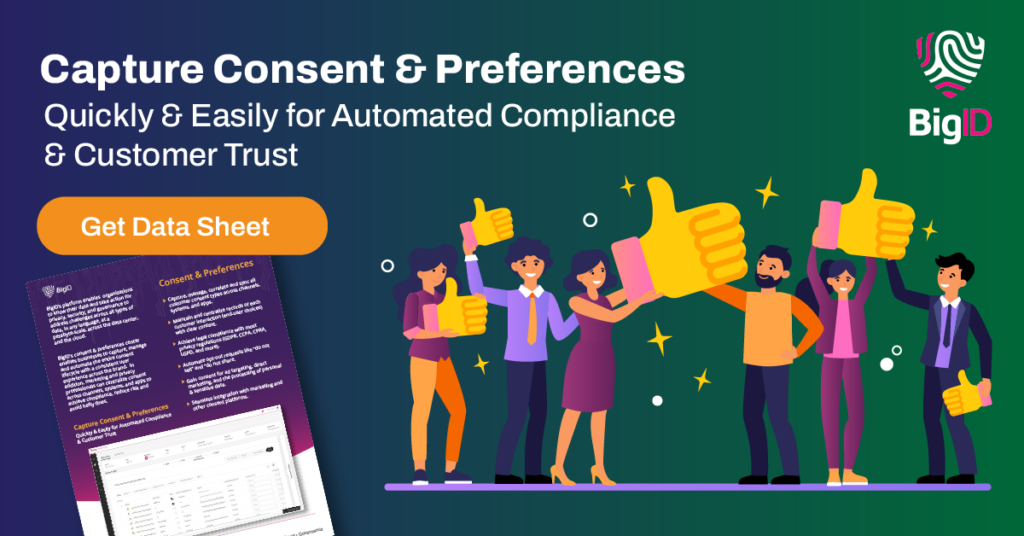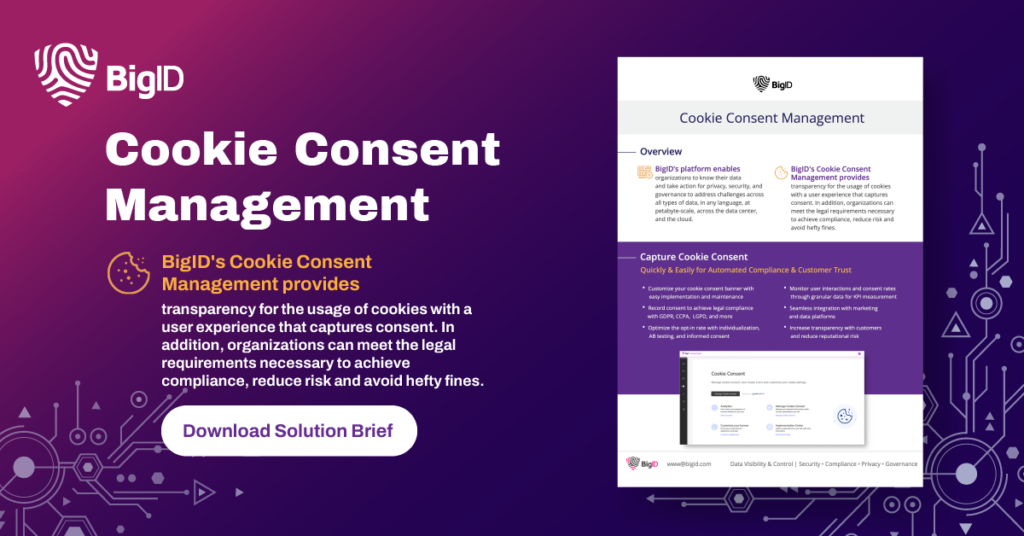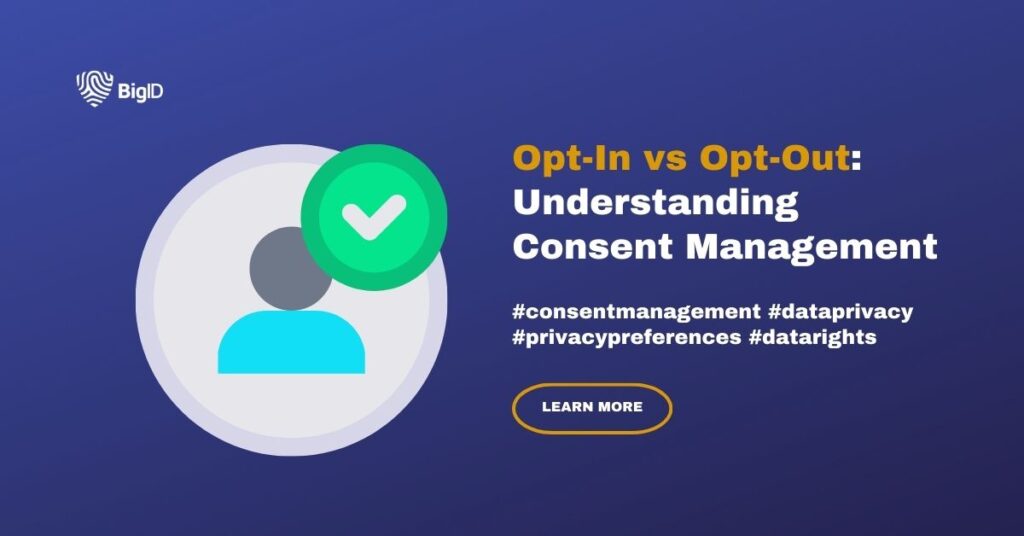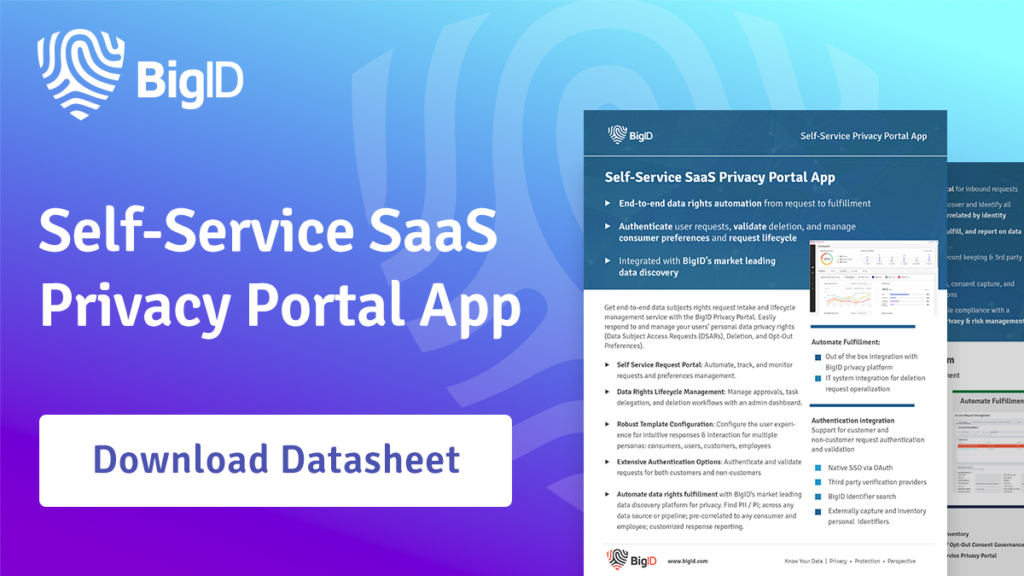Understanding Opt-in vs Opt-out Consent: Your Data Rights in the Digital Age
In an increasingly digital world, understanding your data rights has never been more critical. Whether you’re browsing the web, using an app, or subscribing to a newsletter, your personal information is often at stake. This article dives into the nuances of opt-in and opt-out consent, the regulations governing these choices, and what the future holds for consent management in the era of artificial intelligence.
Opt-in and Opt-out Consent Explained
What Does It Mean to Opt In?
Opting in means you explicitly agree to share your data with a company. This proactive consent requires you to take an affirmative action, such as checking a box or clicking “I agree” on a form. Opt-in consent ensures that you are fully aware of what data you are sharing and for what purpose.
What Does It Mean to Opt Out?
Opting out, on the other hand, means that your data is shared by default, and you must take action to prevent it. This reactive consent model places the responsibility on you to withdraw your information from being used or shared.

Regulations Governing Consent Choices
General Data Protection Regulation (GDPR)
The GDPR, implemented in 2018, is a comprehensive regulation that governs data protection and privacy in the European Union. It requires businesses to obtain explicit consent (opt-in) before collecting and processing personal data. Companies must also provide clear and accessible options for individuals to withdraw their consent.
California Consumer Privacy Act (CCPA)
The CCPA, effective from 2020, is a state statute intended to enhance privacy rights and consumer protection for residents of California, USA. It grants individuals the right to know what personal data is being collected and gives them the option to opt out of the sale of their data.
Types of Opt-in Consent
Explicit Consent
Explicit consent is the most stringent form, requiring a clear and affirmative action from the user. This type of consent is necessary for processing sensitive personal data, such as health information or financial details.
Implicit Consent
Implicit consent can be inferred from a user’s actions, such as continuing to use a service after being informed about data practices. This type of consent is less stringent but still requires that users are adequately informed.
Examples of Opt-in and Opt-out Consent
Opt-in Consent Examples
- Email Newsletters: When subscribing to an email newsletter, you are often required to check a box or click a confirmation link in an email to explicitly agree to receive future communications.
- App Permissions: Mobile apps frequently ask for permission to access your location, contacts, or camera. These permissions require you to explicitly opt in by tapping “Allow” or “Agree.”
- Marketing Preferences: During online purchases, you might encounter a form asking if you want to receive promotional emails or special offers. You must check a box to opt in to receive these communications.
Opt-out Consent Examples
- Account Settings: Many online services automatically sign you up for marketing emails when you create an account. You need to go into your account settings and uncheck boxes or click “unsubscribe” links to opt out.
- Cookie Banners: Some websites assume consent for placing cookies and tracking technologies unless you actively decline by adjusting the settings in the cookie banner that appears when you first visit the site.
- Data Sharing: Certain services may share your information with third parties by default. To prevent this, you must find and select the opt-out option in your privacy settings or account preferences.
How Businesses Use Your Data When You Opt In
Personalized Marketing
When you opt in, businesses can use your data to tailor marketing efforts to your preferences. This can result in more relevant advertisements, product recommendations, and special offers that are aligned with your interests.
Data Analytics
Companies use your data to improve their products and services through data analytics. By understanding user behavior, businesses can enhance user experiences, develop new features, and make data-driven decisions.
The Importance of Knowing Your Data Rights
Understanding your data rights empowers you to make informed decisions about your personal information. Knowing when and how to opt in or opt out can protect you from unwanted data sharing, minimize your exposure to risks, and enhance your privacy.
The Future of Consent Management with AI
AI-Driven Consent Management Systems
Artificial intelligence is revolutionizing consent management by automating consent processes and ensuring compliance with privacy regulations. AI-driven systems can provide real-time updates on consent status, manage consent preferences, and offer personalized consent experiences.
Enhanced User Control
Future consent management systems will likely offer more granular control over data sharing. Users will be able to specify exactly which types of data they are willing to share and for what purposes, creating a more customized and transparent consent experience.
Cookies and Opt-in Choices
What Are Cookies?
Cookies are small text files stored on your device by websites you visit. They are used to remember your preferences, login information, and browsing activity. Cookies play a crucial role in the online experience but also raise privacy concerns.
Consent for Cookies
Under regulations like the GDPR, websites must obtain explicit consent from users before placing non-essential cookies on their devices. This often involves a cookie banner or pop-up where users can choose to accept or reject cookies.

Navigating Consent in the Digital World
Understanding opt-in and opt-out consent is essential in today’s data-driven environment. By knowing your data rights and how your information is used, you can make informed choices about your privacy. As AI continues to evolve, consent management will become more sophisticated, offering enhanced control and transparency for users. Stay informed, stay vigilant, and take control of your digital privacy.
By educating yourself about these consent mechanisms, you can navigate the digital world with confidence, ensuring that your personal information remains in your control.
Simplify Consent Management with BigID
BigID is the industry leading platform for data privacy, security, compliance, and AI data management that enables organizations to gain visibility over all their enterprise data and achieve compliance with its patented identity-aware privacy automation.
With BigID, businesses can:
- Identify All Data: Discover and classify data to build an inventory, map data flows, and gain visibility on all personal and sensitive information.
- Automate Data Rights Management: Automatically manage privacy requests, preferences, and consent, including opting out of data selling, targeted advertising, and user profiling.
- Minimize Data: Apply data minimization practices by identifying, categorizing, and deleting unnecessary or excessive personal data to efficiently manage the data lifecycle.
- Implement Data Protection Controls: Automate data protection controls to enforce data access and other security measures, which are crucial to safeguarding data and complying with various data privacy laws like GDPR and CCPA.
- Assess Risk: Automate privacy impact assessments, data inventory reports, and remediation workflows to identify and remediate risks to maintain compliance.
To simplify and automate your privacy consent management workflows — schedule a 1:1 demo with BigID today.
Frequently Asked Questions: Opt-in vs Opt-out Consent
1. What is the main difference between opt-in and opt-out consent?
The primary difference between opt-in and opt-out consent lies in the action required by the user. Opt-in consent requires an affirmative action, such as checking a box or clicking “I agree,” to grant permission for data collection and use. Opt-out consent, on the other hand, assumes consent by default, and users must take action to prevent their data from being shared.
2. Why is opt-in consent considered more privacy-friendly?
Opt-in consent is considered more privacy-friendly because it ensures that users are fully aware and explicitly agree to share their personal data. This proactive approach respects user autonomy and provides greater transparency about how their information will be used, reducing the risk of unauthorized data collection and misuse.
3. What regulations govern opt-in and opt-out consent practices?
Key regulations governing consent practices include the General Data Protection Regulation (GDPR) in the European Union and the California Consumer Privacy Act (CCPA) in the United States. The GDPR mandates explicit opt-in consent for data collection, while the CCPA provides consumers with the right to opt out of the sale of their personal information.
4. How do businesses benefit from users opting in?
When users opt in, businesses gain access to valuable data that can be used for personalized marketing, improving user experiences, and making data-driven decisions. This data helps companies tailor their products, services, and communications to better meet customer needs and preferences, ultimately driving engagement and loyalty.
5. What are cookies, and how do they relate to consent?
Cookies are small text files stored on a user’s device by websites they visit, used to remember preferences, login information, and browsing activity. Under regulations like the GDPR, websites must obtain explicit consent from users before placing non-essential cookies on their devices. This often involves a cookie banner or pop-up where users can choose to accept or reject cookies.
6. What types of opt-in consent exist?
There are two main types of opt-in consent: explicit and implicit. Explicit consent requires a clear and affirmative action from the user, such as checking a box or clicking a button, and is necessary for processing sensitive data. Implicit consent can be inferred from user actions, such as continuing to use a service after being informed about data practices, but still requires that users are adequately informed.
7. How does understanding my data rights benefit me?
Understanding your data rights empowers you to make informed decisions about your personal information. By knowing when and how to opt in or opt out, you can protect your privacy, minimize exposure to risks, and maintain greater control over your personal data. This awareness helps you navigate the digital world more safely and confidently.
8. What role does AI play in the future of consent management?
AI is transforming consent management by automating consent processes and ensuring compliance with privacy regulations. AI-driven systems can manage consent preferences in real-time, offer personalized consent experiences, and provide enhanced user control over data sharing. This results in more efficient and transparent consent management, improving user trust and data protection.
9. Can I change my consent preferences after initially opting in or opting out?
Yes, most regulations, including GDPR and CCPA, require businesses to provide users with the ability to change their consent preferences at any time. Users can typically update their preferences through account settings, privacy dashboards, or by contacting the company directly.
10. What should I do if I believe my data rights have been violated?
If you believe your data rights have been violated, you should first contact the company involved to address your concerns. If the issue is not resolved satisfactorily, you can file a complaint with the relevant data protection authority, such as the Information Commissioner’s Office (ICO) in the UK or the Data Protection Commissioner (DPC) in the EU. In the United States, you can contact the Federal Trade Commission (FTC) or your state’s attorney general’s office.



